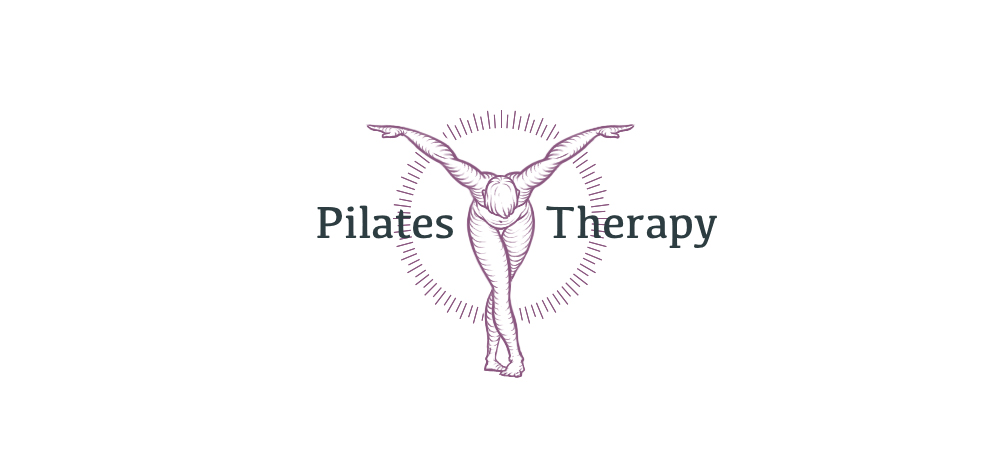Neurokinetic Therapy
NeuroKinetic therapy is a sophisticated form of manual therapy that combines motor control theory and muscle testing.
The science of motor control theory states that the motor control centre in the brain stores all the coordination patterns of the body (how you move without thinking).
It is directed by the limbic system and the cerebral cortex to create movement patterns (such as when a baby learns to stand), and also to create adapted movement patterns when we are injured.
If you were to trip and twist your ankle, you might limp to compensate. If the ankle injury is serious enough it might take time to heal that by the time you don't need to limp any more your body have ‘forgotten’ how to walk without the limp. This may be due to inhibited muscles.
When a muscle is inhibited for any reason, the motor control centre will find a substitute muscle to perform the function.
If this pattern is allowed to remain in the motor control centre, dysfunction and pain may follow.
Manual muscle testing allows us to find muscles that are weak or dysfunctional in relationship to other muscles.
We know through research that when the body fails, an area the motor control centre in the brain is opened for new learning and this window for change lasts for approximately 30 to 60 seconds.
By releasing a dominant muscle followed by activating an inhibited muscle optimal motor pattering can be restored.
NeuroKinetic Therapy is an excellent modality in rehabilitation and manual therapy because it not only identifies the cause of pain and dysfunction, but also corrects it very quickly and quite painlessly.
